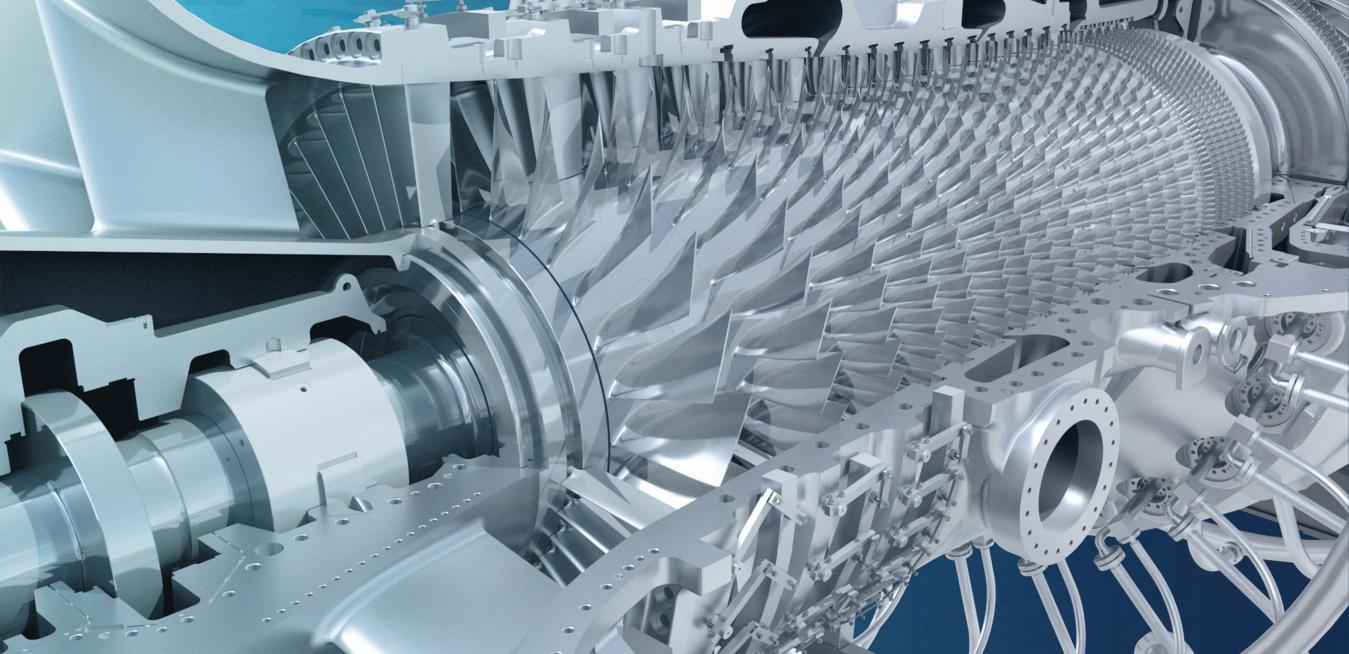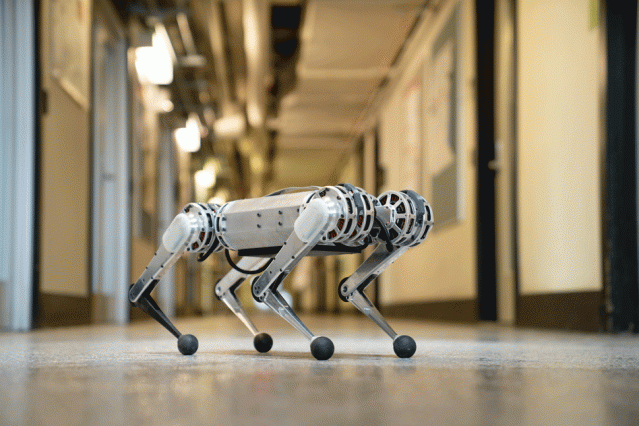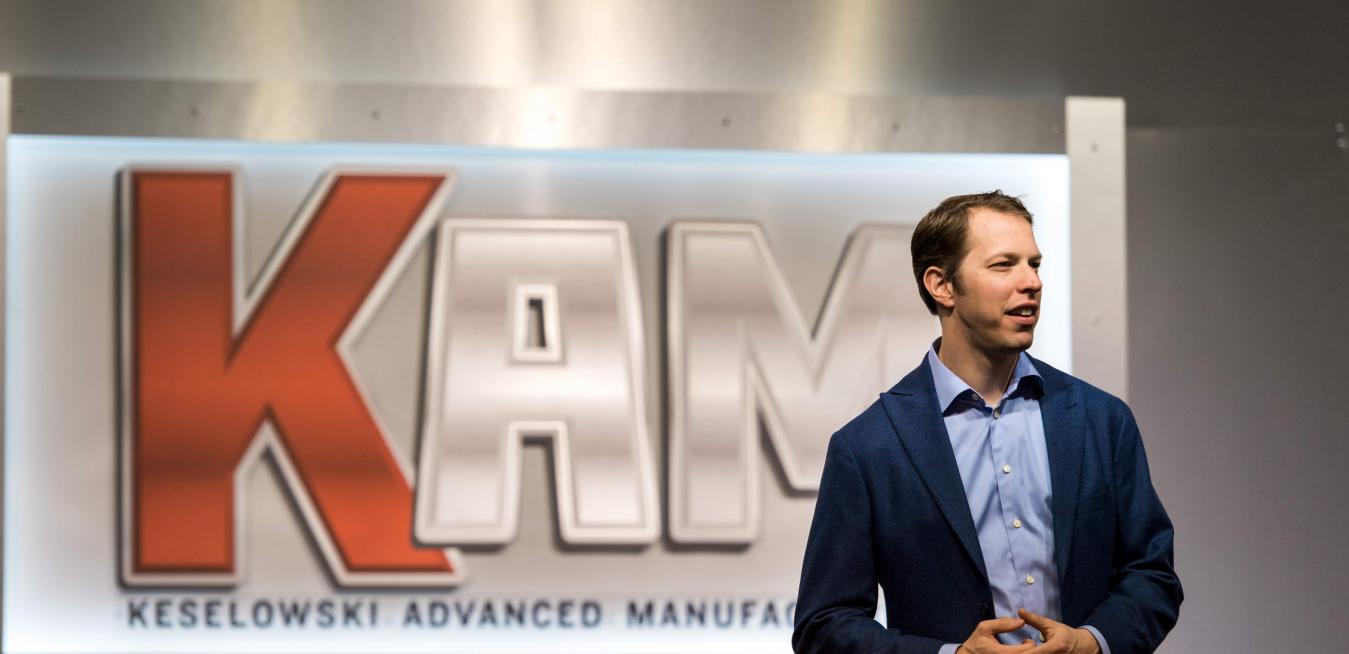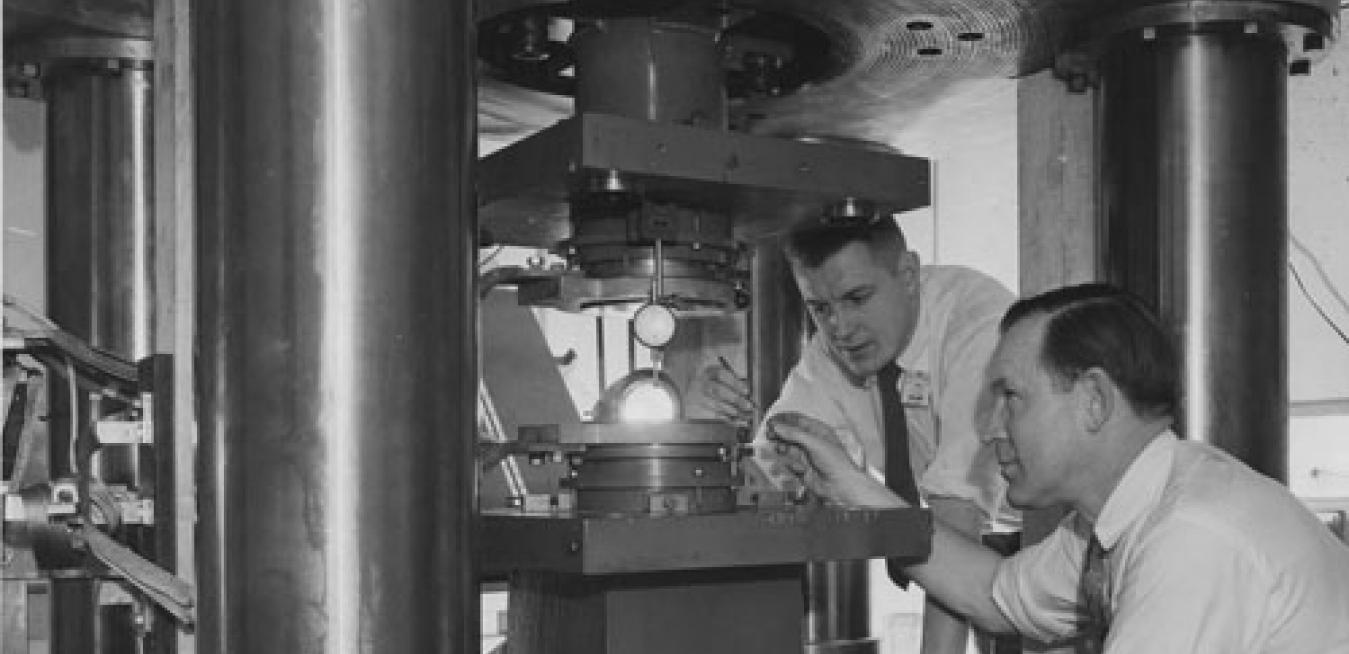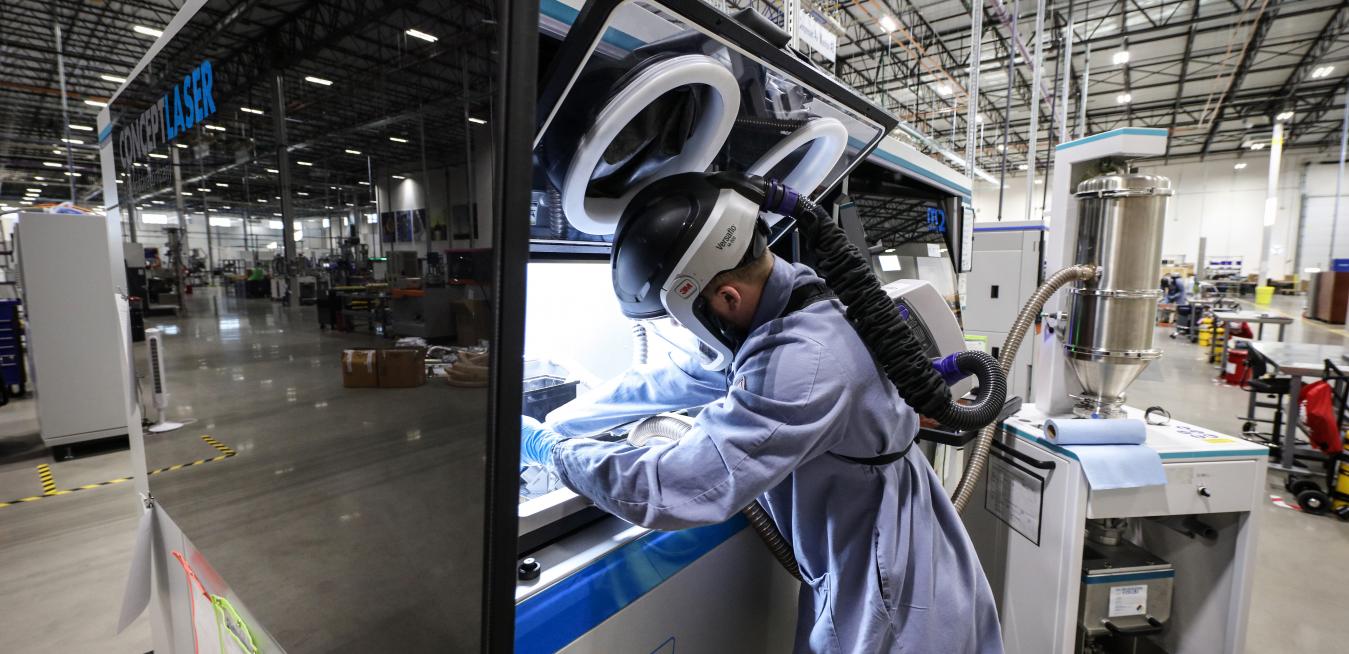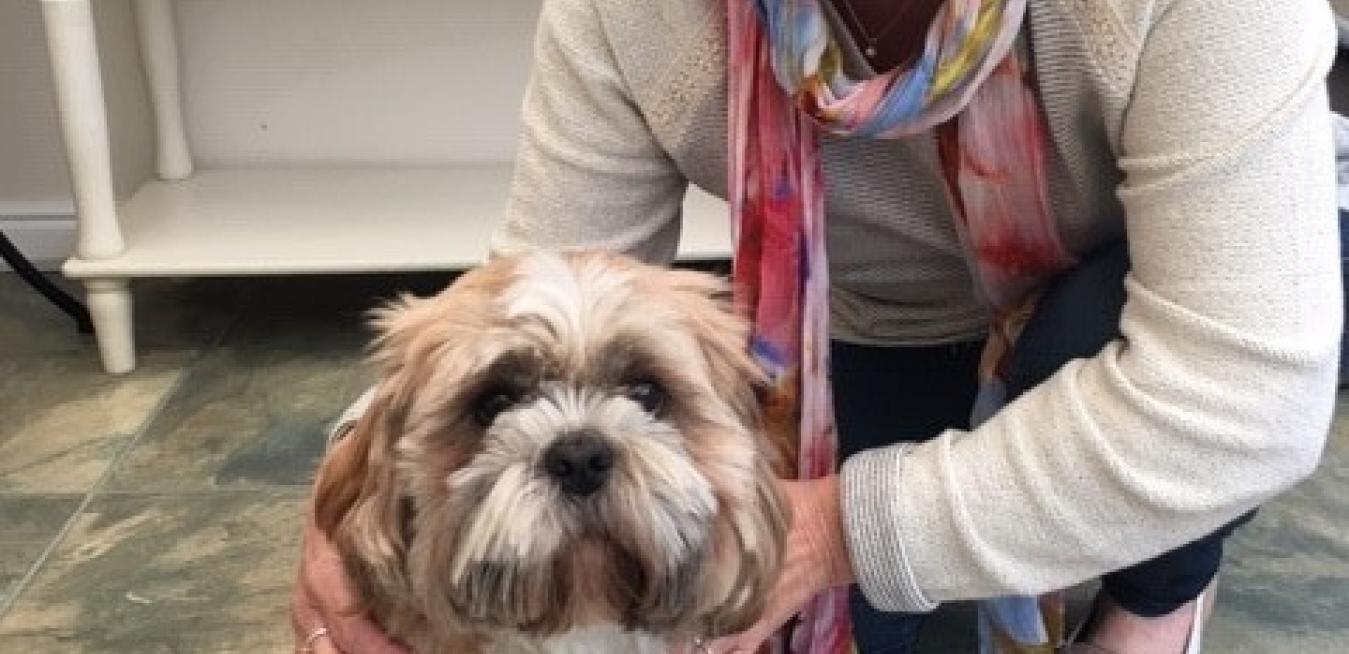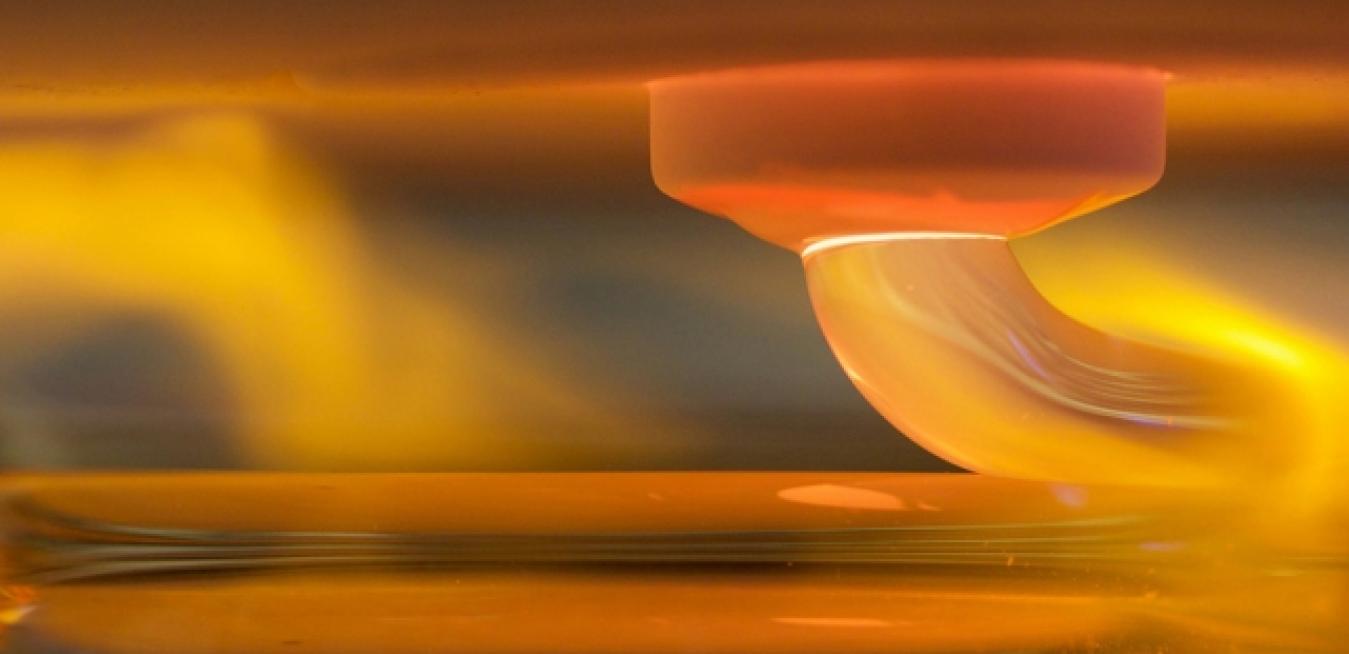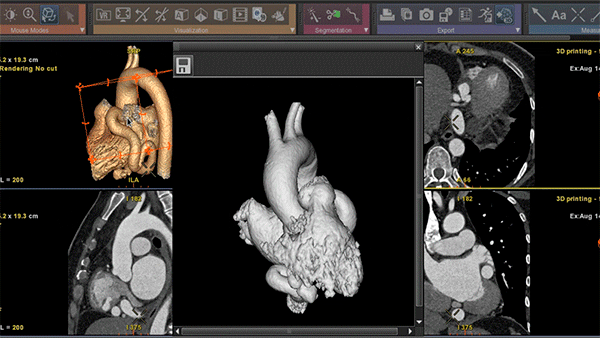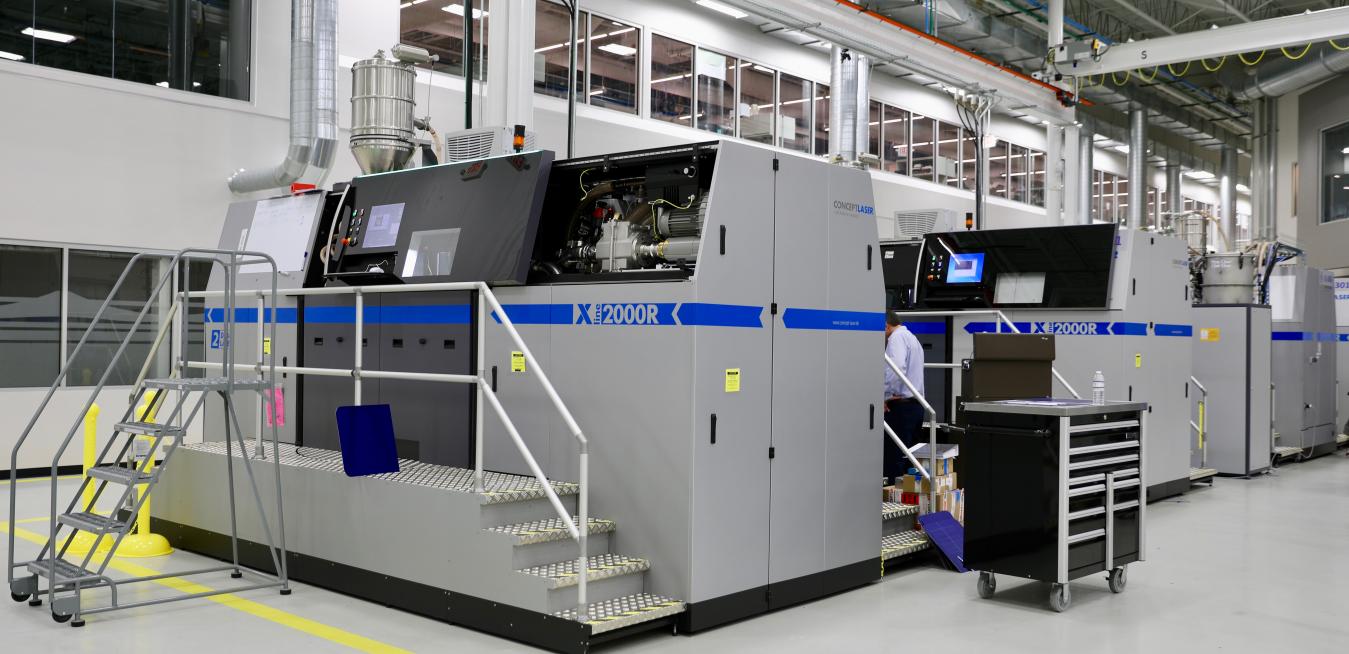The growth of renewable power means that the owners of the world’s gas turbines have to accept some Darwinian logic: Adapt or die. The challenge is particularly acute in the U.K., where electricity production from wind, solar and hydropower installations is booming. The total installed capacity of the country’s renewables sector now exceeds that of fossil-fuel-fired generation, or power plants that burn coal, gas and oil.
If you can manage to ignore that small robotic cheetah nipping at your heels, this week’s coolest scientific discoveries represent a lot of happy news, including a highly promising advance in HIV treatment, a futuristic house that generates more electricity than it consumes, and a better way to detect tiny tumors. And — OK — the cheetah is pretty cool too.
As one of the country’s fastest NASCAR drivers, Brad Keselowski has always believed he could get a little more speed out of his car through cutting-edge technology and clever tweaks. As a child, he built race cars with his father and uncle in their Michigan garage. Now he’s taking his tinkering to the next level through 3D printing. In January, he launched his new facility, Keselowski Advanced Manufacturing (KAM), where he’s building bespoke 3D-printed parts that can make an automobile lighter and more aerodynamic — whether it’s a race car or a vintage sedan.
This week, researchers rigged off-the-shelf technology to catapult their ideas into the next level. Engineers in California used a movie projector to 3D-print super smooth, bendable objects, a team in Massachusetts analyzed data from drones to spot problems with solar panels early, and a group in New York used Jenga blocks to teach their uncanny robot foresight, spatial reasoning and fine motor skills. Science, it’s all about patience and passion: Plus: A robot develops a model of self, and diamonds from carbon fibers.
Just a few years ago, it would take GE engineers more than 800 parts to build a third of a new turboprop engine. Today they need about a dozen.
Lucca, a sandy-colored, 1-year-old shih tzu, is undeniably cute — thanks in part to the tiny legs he trots about on. But one of those legs was also a source of potentially lifelong discomfort for the pup. Lucca grew up with a deformed lower leg, a condition often found in smaller dogs, including shih tzus and dachshunds: Two bones in his front right leg developed at different rates. When one stopped growing prematurely, it acted like a bow string, causing the other to twist and bend.
Star Child
It’s the little things that make all the difference in this week’s roundup of the most compelling scientific discoveries, where you’ll read about marine microorganisms engineered to have spy capabilities, a solar cell the size of a flea, and a pill that, once swallowed, can be controlled via smartphone.
About three years ago, Dr. Beth Ripley had a patient in denial. Though Ripley and several other radiologists identified a tumor growing on the woman’s kidney, she refused to believe it — mainly because the treatment, a surgery involving removing her entire kidney, sounded terrifying.
Mark Twain allegedly claimed that when the end of the world came, he wanted to be in Cincinnati “because it’s always 20 years behind the times.” The quip is funny, but his strategy to ride out Armageddon in the Queen City would backfire today. A case in point is GE’s Additive Technology Center located along Interstate 75 as it bisects the northern suburb of West Chester Township. From the outside, the building looks like many of the low, gray boxes in this industrial area.
